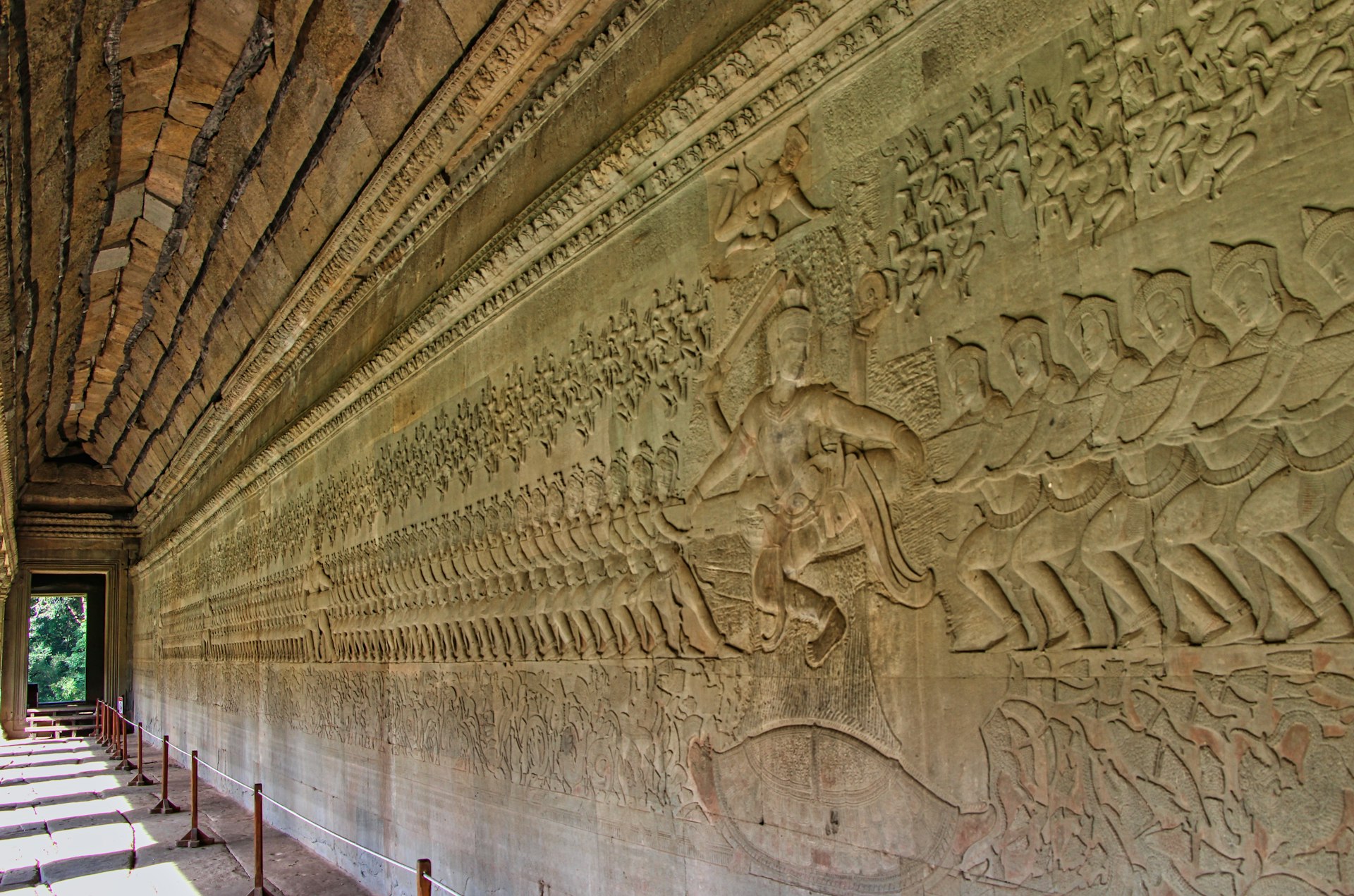Transformations and Consequences: The Impact of the Spanish Conquest in the Americas

Photo by Europeana on Unsplash
Introduction
The arrival of the Spanish conquistadors in the Americas during the late 15th and early 16th centuries was a turning point in world history. Motivated by a search for wealth, religious fervor, and ambitions of power, Spanish explorers such as Hernán Cortés and Francisco Pizarro initiated campaigns that led to the downfall of mighty indigenous empires and the establishment of a colonial order [1] . The ripple effects of these events have continued to shape the cultural, social, and economic landscapes of the Americas for centuries.
Political Transformations
The Spanish conquest fundamentally altered the political organization of the Americas. Empires such as the Aztec and Inca were dismantled and replaced by Spanish colonial governments. The Spanish implemented the encomienda system, granting conquistadors control over land and indigenous laborers. This marked a shift from indigenous rule to European dominance, as local leaders were replaced or subordinated to colonial authorities [2] . New administrative centers like Mexico City were built atop former indigenous capitals, symbolizing the profound changes imposed on native societies.
Accessing historical and governmental records regarding the colonial administration is possible by consulting national archives, university libraries, or recognized historical societies. To explore more, search for ‘Colonial Administration in New Spain’ in official historical databases or contact your local history department.
Social and Demographic Impact
The most devastating outcome of Spanish conquest was the catastrophic decline of indigenous populations. European diseases such as smallpox, measles, and influenza decimated communities that had no prior exposure, with some regions experiencing population declines of up to 90% within decades [3] . Forced labor systems, including encomienda and repartimiento, further contributed to suffering and loss.

Photo by oussama laabidate on Unsplash
Entire societies were uprooted, resulting in the disappearance of languages, traditions, and ways of life. The Arawaks of the Caribbean, for example, were nearly exterminated within a few generations due to enslavement and disease [3] . Bartolomé de las Casas, a contemporary eyewitness, recorded the tragic consequences and advocated for indigenous rights.
For those seeking to understand demographic changes, academic studies in anthropology and population genetics may provide insights. Consider searching for ‘Indigenous population decline post-conquest’ in scholarly databases or contacting university anthropology departments.
Cultural and Religious Changes
The Spanish conquest brought a wave of cultural assimilation. Catholic missionaries, including Franciscans and Dominicans, worked to convert indigenous peoples, often suppressing native beliefs and practices [1] . Churches and monasteries were built atop sacred indigenous sites, and Spanish became the dominant language in most regions.
Despite efforts to erase native cultures, syncretism emerged as indigenous communities blended their traditions with Catholic practices, resulting in unique cultural identities that persist today. Examples include the Day of the Dead celebrations in Mexico, which weave pre-Columbian beliefs with Christian rituals.
If you are interested in learning more about syncretic traditions, you may visit museums dedicated to indigenous history or consult cultural heritage organizations. Search for ‘Syncretism in Latin American religious practices’ for further resources.
Economic Reorganization
Spanish interest in gold, silver, and other resources drove the exploitation of the Americas’ natural wealth. Mining operations, especially in places like Potosà (modern Bolivia) and Zacatecas (Mexico), became economic engines, relying heavily on indigenous and African slave labor [1] . Agricultural estates (haciendas) transformed land use and production patterns, often dispossessing indigenous communities of their ancestral lands.
The Columbian Exchange-an interchange of crops, animals, and goods-connected the Americas with Europe, Asia, and Africa, reshaping diets, economies, and environments. While some regions prospered from new crops like wheat and sugarcane, others suffered from environmental degradation and displacement.
To further explore economic consequences, consult economic history journals or contact research institutes specializing in Latin American development. Searching ‘Economic impact of the Spanish conquest’ in academic databases will yield detailed studies.
Long-term Consequences and Modern Legacies
The legacies of the Spanish conquest are visible today in the Americas’ linguistic, religious, and social landscapes. Most countries in Latin America use Spanish as their official language, and Catholicism remains a dominant faith. However, indigenous resistance and adaptation persisted, resulting in ongoing struggles for rights, recognition, and cultural revival [1] .
Contemporary movements for indigenous rights seek to address historical injustices, reclaim land, and revive traditional languages and cultures. For those wishing to support or learn more about these efforts, you can reach out to indigenous advocacy organizations, attend cultural festivals, or enroll in language revitalization programs. Search for ‘Indigenous rights organizations Americas’ for official contacts and support networks.
Pathways for Further Research and Engagement
If you are interested in deeper exploration of the Spanish conquest’s impact, consider these actionable steps:
- Contact university history or anthropology departments for expert-led seminars and resources.
- Visit national and regional museums to view artifacts and exhibits on colonial history.
- Participate in community events or workshops focused on indigenous heritage and cultural preservation.
- Search official government and academic archives for primary documents and scholarly analyses.
- Engage with indigenous advocacy groups for opportunities to support cultural revival and rights initiatives.
When seeking verified information, use reputable sources like university libraries, established museums, and official government portals. Avoid unconfirmed websites or unofficial domains.
Key Takeaways
The Spanish conquest of the Americas reshaped societies through conquest, colonization, and cultural transformation. While the period brought profound hardship for indigenous peoples, their resilience and ongoing efforts for recognition continue to shape the Americas’ present and future. Whether through academic research, community engagement, or cultural exploration, pathways to understanding and supporting indigenous heritage are accessible and growing.



